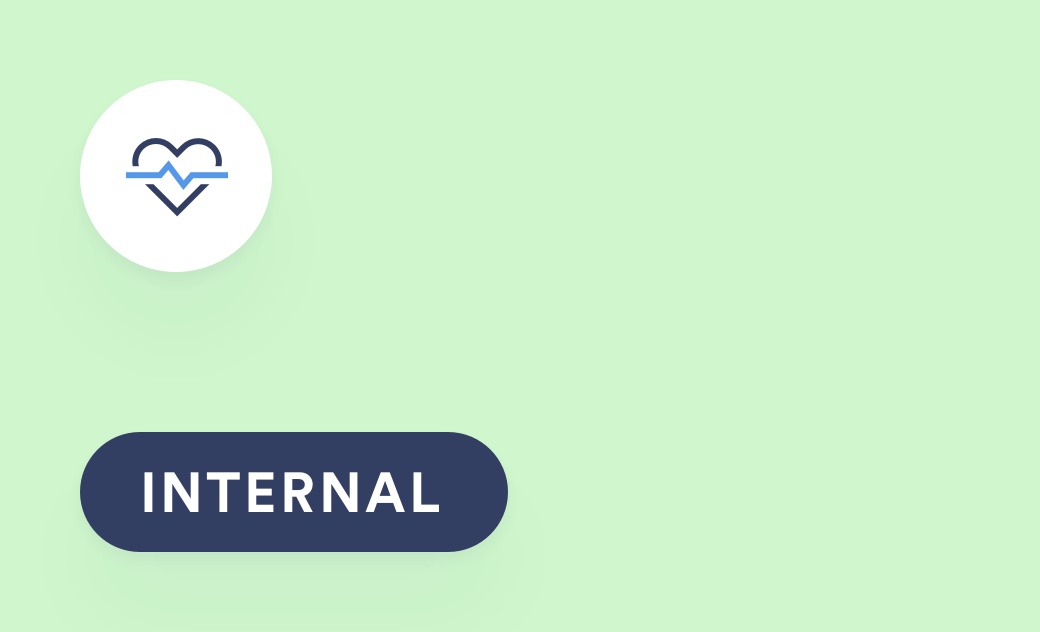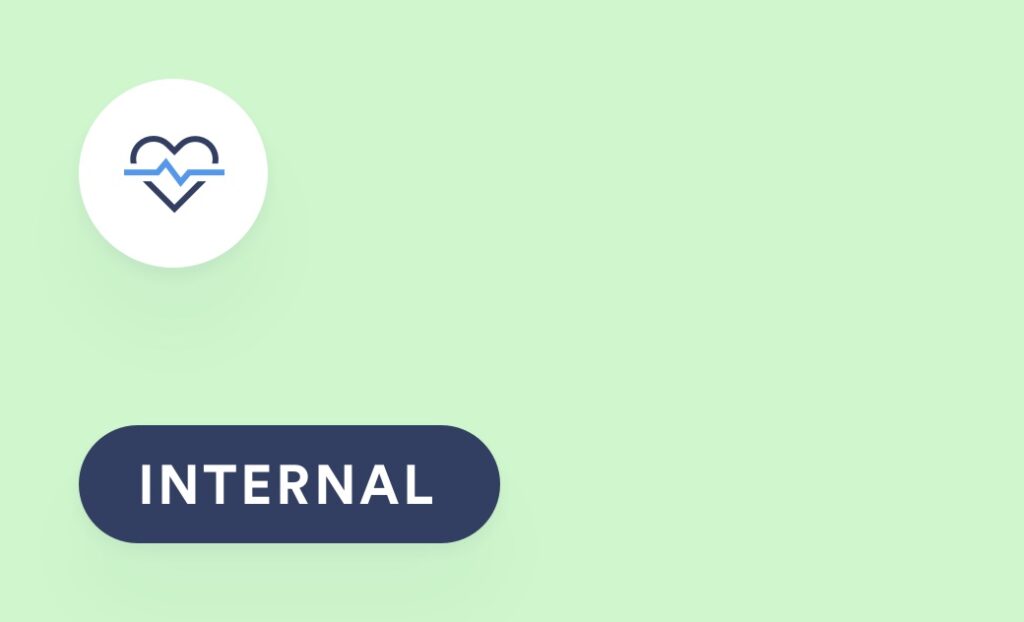Evidence of Insurability (EOI) Definition and Purpose

Evidence of Insurability (EOI) is a crucial element in insurance underwriting. It refers to the documentation and information provided by an applicant to demonstrate their insurability, i.e., their eligibility for insurance coverage.
EOI serves as a tool for insurance companies to assess the risk associated with insuring an individual or entity. By evaluating the EOI, underwriters can determine the applicant’s health, lifestyle, financial stability, and other relevant factors that may impact their insurability.
Types of EOI
There are various types of EOI, each tailored to specific insurance products:
- Medical EOI: Medical records, examination reports, and health history used to assess an individual’s health status for life insurance, health insurance, or disability insurance.
- Financial EOI: Financial statements, tax returns, and proof of income used to evaluate an individual’s or business’s financial health for life insurance, business insurance, or credit insurance.
- Lifestyle EOI: Information about hobbies, activities, and habits used to assess an individual’s lifestyle risks for travel insurance, accident insurance, or sports insurance.
- Occupational EOI: Job descriptions, training certificates, and safety records used to assess an individual’s occupational risks for workers’ compensation insurance or disability insurance.
Methods for Gathering EOI
Insurance companies employ various methods to collect Evidence of Insurability (EOI) from applicants. Each method has its advantages and disadvantages, and the choice of method depends on the insurer’s specific requirements and the applicant’s circumstances.
Direct Collection
Direct collection involves the insurance company requesting the EOI directly from the applicant. This method provides the insurer with complete control over the EOI gathering process and ensures that the information obtained is accurate and up-to-date. However, it can be time-consuming and may require the applicant to provide sensitive medical information.
Third-Party Collection
Third-party collection involves the insurance company using a third-party vendor to collect the EOI on their behalf. This method can save time and resources for the insurer and reduce the burden on the applicant. However, it introduces an additional layer of complexity and potential security risks.
Electronic Collection
Electronic collection involves the insurance company using an online platform to collect the EOI from the applicant. This method is convenient and efficient, but it requires the applicant to have access to a computer and the internet.
Automated Collection
Automated collection involves the insurance company using software to collect the EOI from the applicant’s medical records. This method is fast and accurate, but it may not be suitable for all applicants, especially those with complex medical histories.
Underwriting Considerations Related to EOI
Underwriters play a crucial role in assessing insurance applications, and EOI serves as a vital tool in their decision-making process. By evaluating EOI, underwriters gain insights into an applicant’s health, lifestyle, and financial situation, enabling them to make informed risk assessments and determine appropriate coverage terms.
The weight given to different types of EOI varies depending on its relevance to the insurance product being applied for. For example, medical EOI is heavily relied upon in life and health insurance applications, while financial EOI carries more significance in applications for property and casualty insurance.
Underwriters carefully consider the reliability and credibility of EOI when making underwriting decisions. Factors such as the source of the information, the timeliness of the EOI, and any potential biases or conflicts of interest are taken into account.
Legal and Regulatory Aspects of EOI
The use of Evidence of Insurability (EOI) in insurance is subject to various legal and regulatory requirements. These requirements aim to ensure that EOI is collected and used ethically and in a manner that protects the privacy and rights of individuals.
Legal Requirements
- Informed Consent: Individuals must provide informed consent before their EOI can be collected and used. This consent should be specific, voluntary, and based on a clear understanding of how their information will be used.
- Confidentiality: EOI must be kept confidential and only used for the specific underwriting purposes for which it was collected. It should not be shared with third parties without the individual’s consent.
- Accuracy and Verification: Insurers are responsible for ensuring that EOI is accurate and verified before it is used in underwriting decisions. This may involve verifying the information with third parties or conducting medical examinations.
- Non-Discrimination: EOI cannot be used to discriminate against individuals based on protected characteristics such as race, gender, or disability.
Ethical Considerations
In addition to legal requirements, there are also ethical considerations involved in collecting and using EOI. These considerations include:
- Respect for Privacy: EOI often contains sensitive personal information, so it is important to respect the privacy of individuals and only collect information that is necessary for underwriting purposes.
- Avoiding Bias: EOI should be used in a fair and unbiased manner to avoid discriminating against individuals based on factors unrelated to their insurability.
- Transparency: Insurers should be transparent about how they collect and use EOI, and individuals should have access to their own EOI upon request.
Legal Challenges and Controversies
The use of EOI has been the subject of some legal challenges and controversies. These challenges have primarily focused on issues of privacy, discrimination, and the accuracy of EOI. For example, in some cases, individuals have argued that their EOI was collected without their informed consent or that it was used to discriminate against them.
EOI in Different Insurance Contexts
EOI plays a vital role in underwriting across various insurance lines, each presenting unique considerations and challenges. Let’s explore the use of EOI in different insurance contexts:
Life Insurance
In life insurance, EOI is crucial for assessing the insurability of an applicant. Insurers rely on medical records, lifestyle information, and family history to determine the risk of mortality. EOI helps underwriters evaluate factors such as smoking habits, alcohol consumption, and pre-existing conditions that may impact life expectancy.
Health Insurance
EOI is equally important in health insurance. Insurers gather medical history, current health status, and lifestyle habits to assess the risk of future medical expenses. EOI enables underwriters to determine appropriate coverage limits and premiums based on an individual’s health profile and potential future healthcare needs.
Property Insurance
In property insurance, EOI helps underwriters evaluate the risk associated with insuring a property. They assess factors such as the property’s location, construction materials, and history of claims. EOI also includes information on security measures, such as alarm systems and fire sprinklers, which can influence the underwriting decision.
Technological Advancements and EOI
Technological advancements have significantly impacted the collection and analysis of Evidence of Insurability (EOI). Emerging technologies offer innovative solutions to enhance the efficiency, accuracy, and accessibility of EOI processing.
One notable advancement is the integration of artificial intelligence (AI) and machine learning (ML) algorithms. These technologies can automate the extraction and analysis of EOI data from various sources, such as medical records, social media, and financial statements. This automation streamlines the process, reduces manual errors, and improves the consistency of EOI assessments.
Data Analytics and Predictive Modeling
Advanced data analytics techniques enable insurers to leverage EOI data to develop predictive models that assess risk more accurately. These models can identify patterns and correlations in EOI data, allowing underwriters to make more informed decisions about insurability and premium pricing. By leveraging predictive analytics, insurers can optimize their underwriting processes and reduce the risk of adverse selection.
Blockchain Technology
Blockchain technology offers a secure and transparent platform for managing EOI data. Blockchain-based systems can create immutable records of EOI, ensuring data integrity and reducing the risk of fraud or data manipulation. Additionally, blockchain can facilitate the secure sharing of EOI data among different stakeholders, such as insurers, reinsurers, and medical providers, improving collaboration and efficiency in the EOI process.
Challenges and Opportunities
While technological advancements offer numerous benefits, they also present challenges. Concerns about data privacy and security must be addressed as EOI data becomes more accessible and shared. Insurers need to implement robust data protection measures to safeguard sensitive information.
Furthermore, the rapid evolution of technology can create a skills gap within the insurance industry. Insurers need to invest in training and development programs to ensure their workforce is equipped with the necessary skills to leverage emerging technologies effectively.
Best Practices for EOI Management
Establishing and implementing sound practices for EOI management is crucial to ensure the effective and responsible handling of sensitive medical information. These practices aim to protect the privacy of individuals, maintain the accuracy and integrity of EOI records, and facilitate efficient underwriting processes.
Guidelines for EOI Management
Clear guidelines should be established to regulate the collection, storage, and utilization of EOI. These guidelines should Artikel the following:
- Who is authorized to collect and access EOI
- The methods and procedures for collecting EOI
- The secure storage and retention of EOI
- The appropriate use and disclosure of EOI
- The disposal or destruction of EOI when no longer needed







